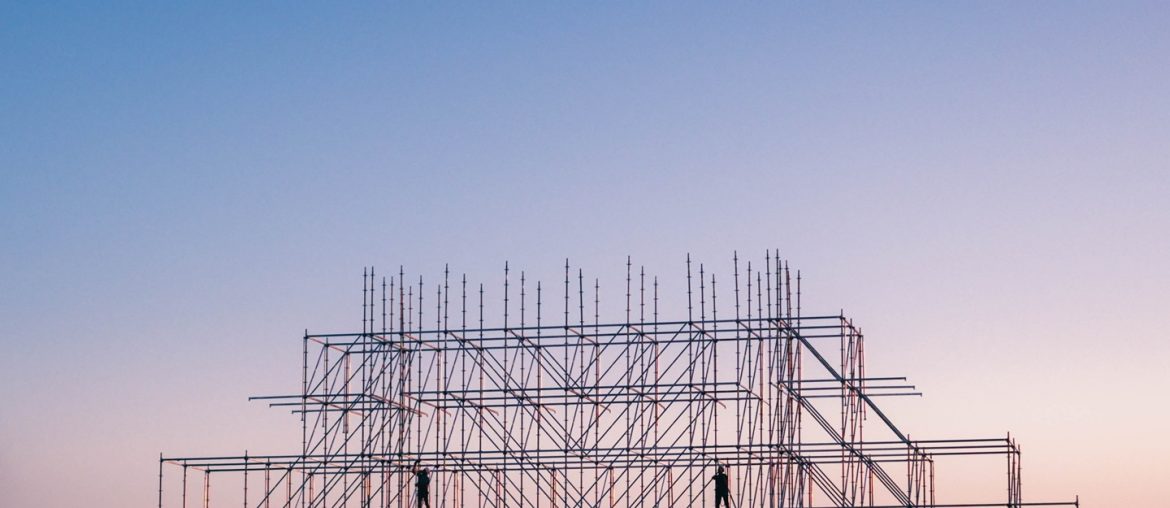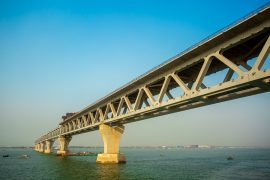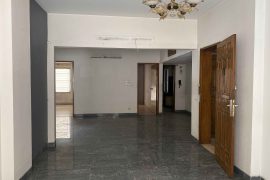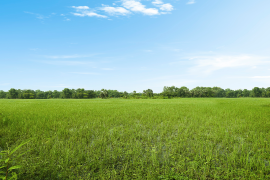A city doesn’t become a city overnight; it starts out as a settlement with a handful of people and buildings. It is only after gaining a large number of residents and completing a great deal of urban development does it start to resemble a city. However, in this day and age, we have an alternative in regards to the growth of cities. Nations today don’t have to rely on organic growth to develop areas for the population; they can plan it. So the question is, when it comes to urban development in Bangladesh, which one is better; planned or organic growth? Should we let natural progression dictate the growth of a city or plan out how to develop it? Let’s take a look at how planned and organic growth impacts different aspects of urban development in Bangladesh so you can decide for yourself.
Residential Space

With every person migrating to a city and each person being born every day, the need for living space increases. While a child might not need separate residential facilities immediately, a person migrating does. Urban development in Bangladesh has largely followed organic growth to facilitate the increasing need for residential spaces. Here, it is the people who settle in particular areas who follow the natural progression of society. A great example of this is Dhaka. If you look at the historical expansion of Dhaka, you’ll see how urban development drove northward as more people moved into those areas. During organic growth, people decide on and create their own residential space; resulting in disorganized living areas.
On the other hand, planned growth allows the development of highly organized and meticulous residential areas such as Bashundhara R/A. These designated areas, facilitated by both the government and private organizations, are transformed into high-quality residential lands. Recent trends seem to favor planned growth over organic growth like the development of residential areas in East Dhaka.
Unplanned Evolution
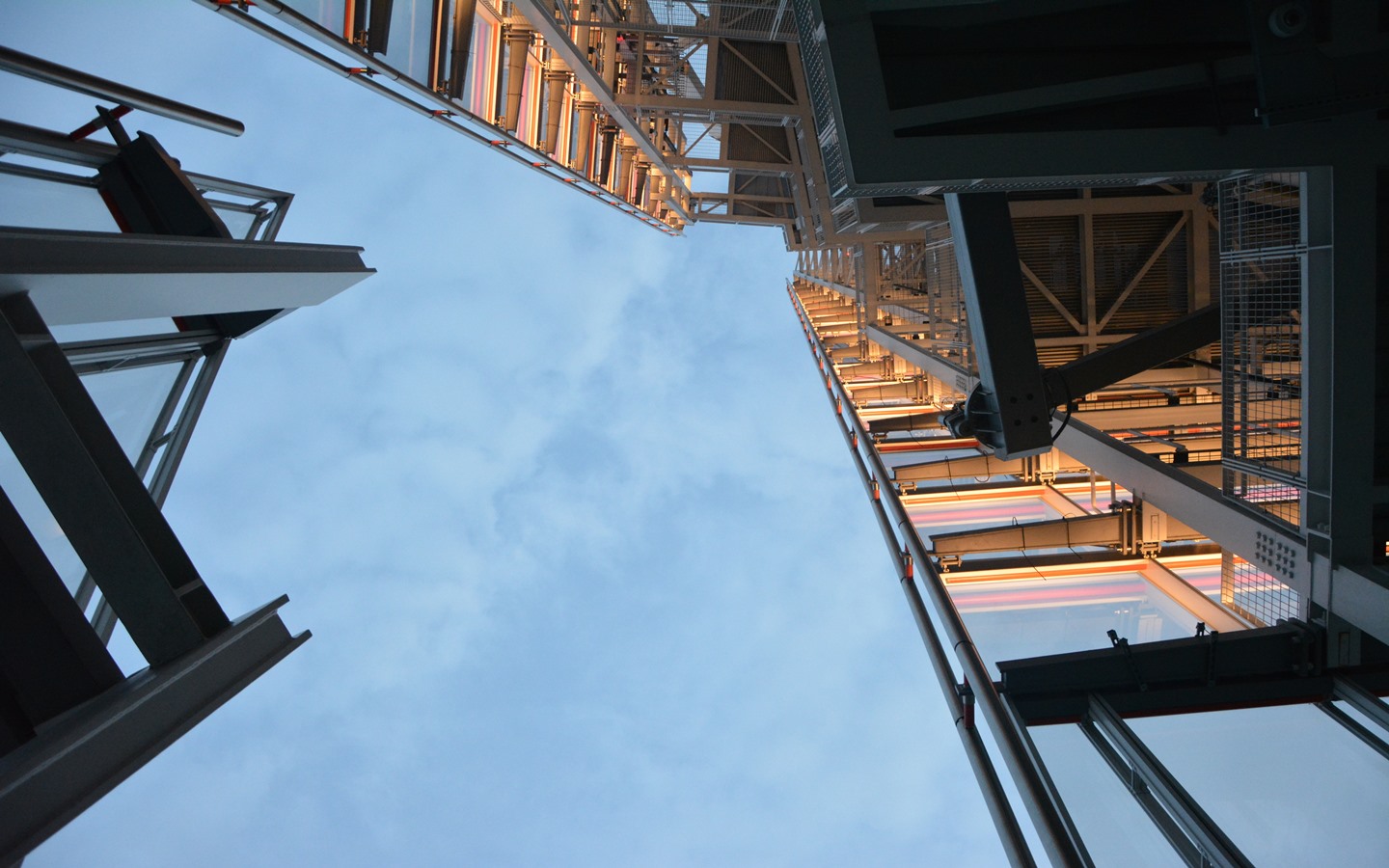
Very rarely does everything go according to plan when it is in the scale of cities. A city might evolve into something more than it was originally planned for due to the demand or availability of resources. This can be a great boon for many cities as it propels them to new heights. Take Gazipur for example. While the city was meant to serve as an industrial hub, it quickly became a thriving metropolitan of millions. When a city has everything planned out in detail, its ability to evolve with the circumstances greatly diminishes. Major changes are necessary to adapt to the growing demand and counteract this deficit.
The situation is a bit different in the case of organically growing cities. Since development follows the people and their demand, cities can adapt to the changing environment. Banani and Gulshan both evolved into major commercial areas with people vying to buy or rent commercial spaces there. The organic growth allowed the city to mold itself with natural progression.
Mobility and Navigation

For a city and its citizens to function at optimum efficiency, it must have quick mobility and be easily navigable. These two factors greatly determine the level of convenience, and how quickly people can move from one part of the city to another. Cities that grow organically suffer a great deal when it comes to mobility and navigation. Development during organic growth doesn’t follow a straight line. Whereas, the ideal situation demands for construction of roads and highways before urban settlement takes place; it is the urban settlements that predate the necessary developments in organic growth. And since urban planning in Bangladesh largely follows the natural growth path, maneuverability within the cities take a hit.
Planned growth takes into account both the present and the future demands of housing, commercial spaces, and roads. Buildings and streets are laid out in a manner that prevents gridlocks and congestions. As a result, planned cities include more roads than provide swift movement capabilities for its citizens.
Infrastructure

A large part of urban development includes the development of infrastructure. Aspects such as electricity connection, gas connection, and water supply make up what we refer to as infrastructure. And due to a lack of resources, urban development in Bangladesh is at a disadvantage. Early urbanization of the cities, which followed organic growth, haphazardly developed infrastructure without considering the future of the landscape. Due to the nature of organically growing cities, different aspects of infrastructure periodically needs to be reformed and reconstituted; disrupting everyday life. People in the city have to endure this ordeal time and time again as a result.
In the case of planned growth of cities, the blueprint is laid out from the get-go. Residential and commercial designate areas that require such infrastructure. It allows a stable development of the infrastructure that will create minimum disruption during repairs. Also, planned development factors in the supply of resources and distributes them properly.
Growth Rate
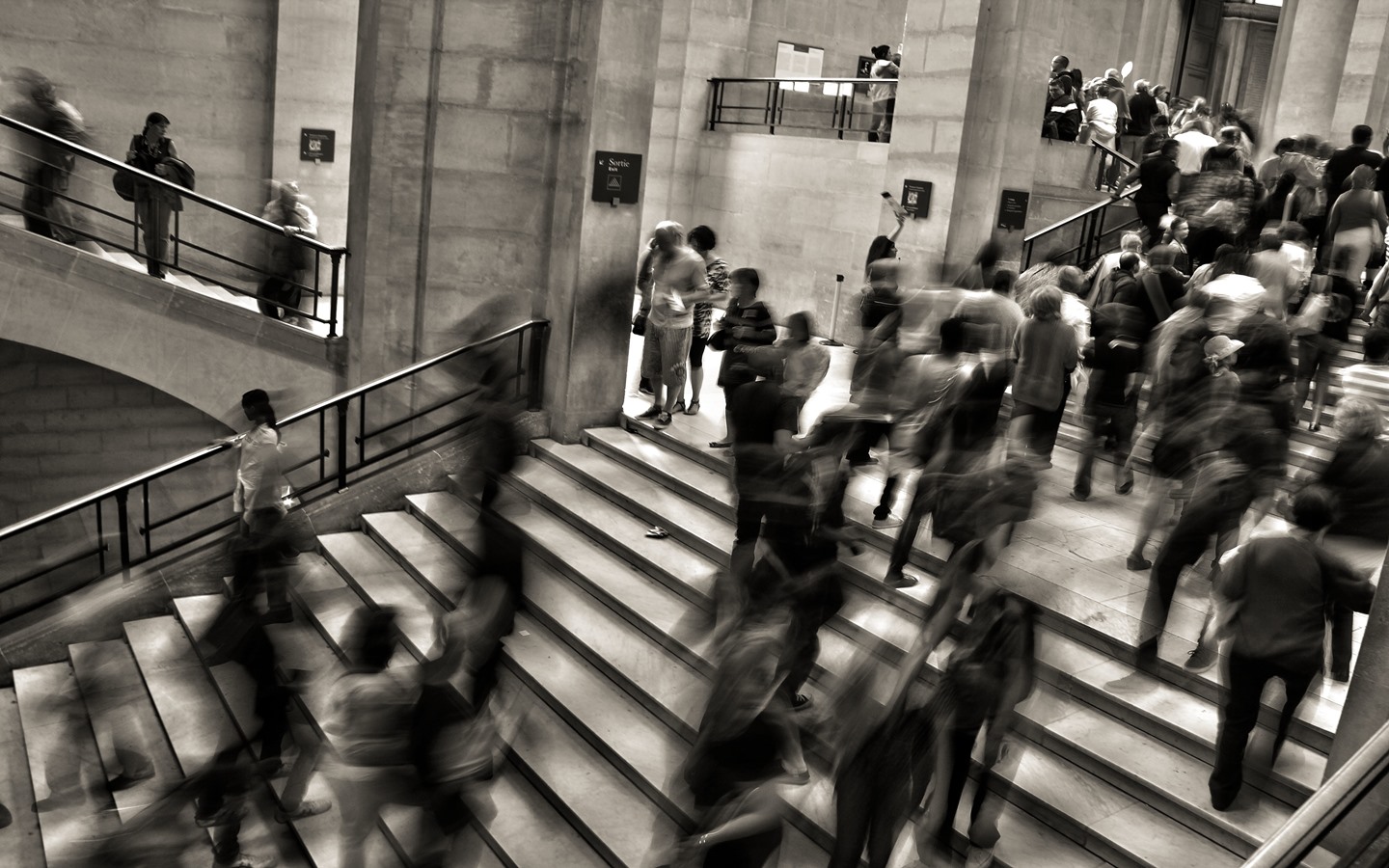
‘If you build it, they will come’ is a famous proverb from ancient times. It suggests that if you construct something spectacular, it will attract people. When it comes to cities, the sentiment is correct; progression, however, in most cases is slow. One of the biggest issues with planned city development is a slow growth rate. A city can have plans for a variety of attractive amenities and facilities, but it will come to thrive much slower than a city that is growing organically. Planned growth of cities begins as just blueprints. You need to develop and transform the land first.
In contrast to planned growth, organic growth stems from the natural pull of the environment and the society. People begin to live in an area because others have built a community there and it includes vital resources. Organically growing cities have a head start in this regard. That is why organic growth leads to vibrant cities faster.
Disaster Management

Concern for disaster management has never been higher than today. We value each life and try our best to safeguard every one of them. It is also one of the aspects of urban development in Bangladesh where planned vs organic growth comes to a stalemate. While it is apparent that infrastructural development is more convenient on planned cities and the growth rate is faster with organically growing cities; no such call can is possible for disaster management. It is only when organic growth is out of control and crosses safety regulations that a decisive call is possible. Barring from such a scenario, an organically growing city might be equally equipped as a perfectly planned city for disaster management. During organic growth, the need for sufficient disaster management will naturally arise and satisfied by allocating resources. As for planned cities, they prepare themselves for disaster during the preliminary stages.
Urban development in Bangladesh needs to focus on decentralizing from the capital and developing new cities that will foster the growth of the country. Both planned and organic growth has the potential to create the next megacity in Bangladesh.
Which growth path do you think is more appropriate for urban development in Bangladesh? Let us know in the comments section below.

